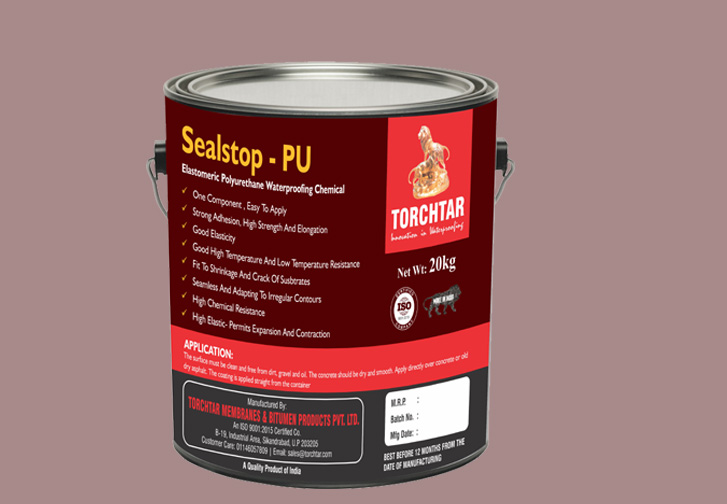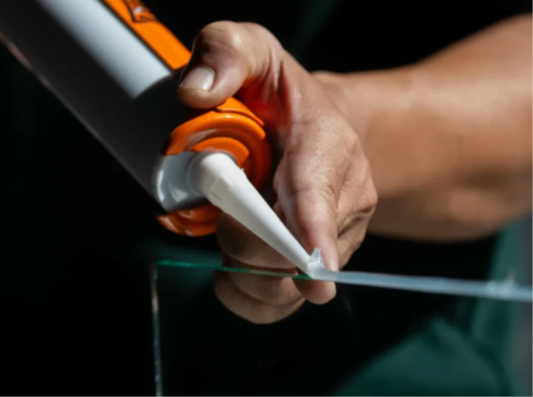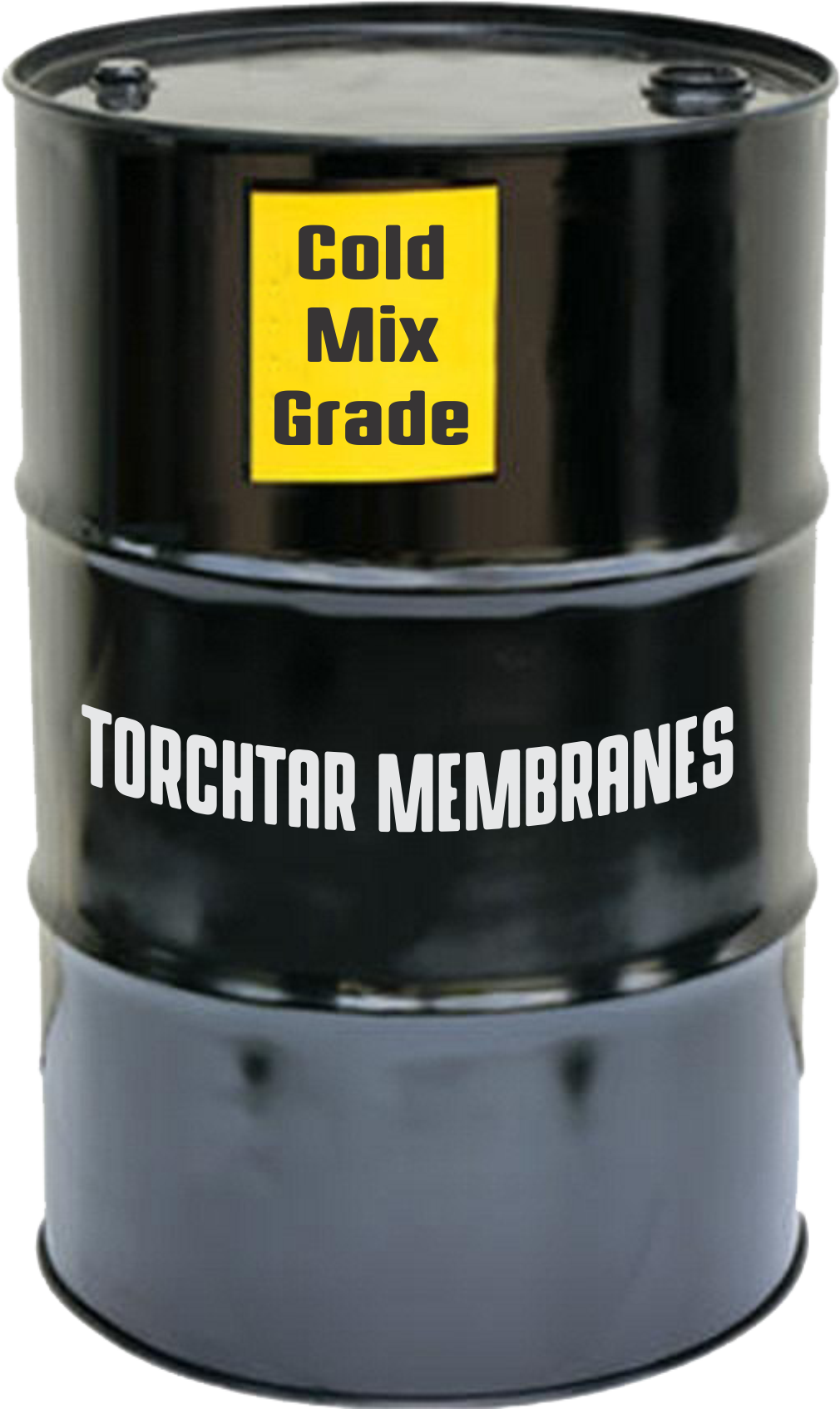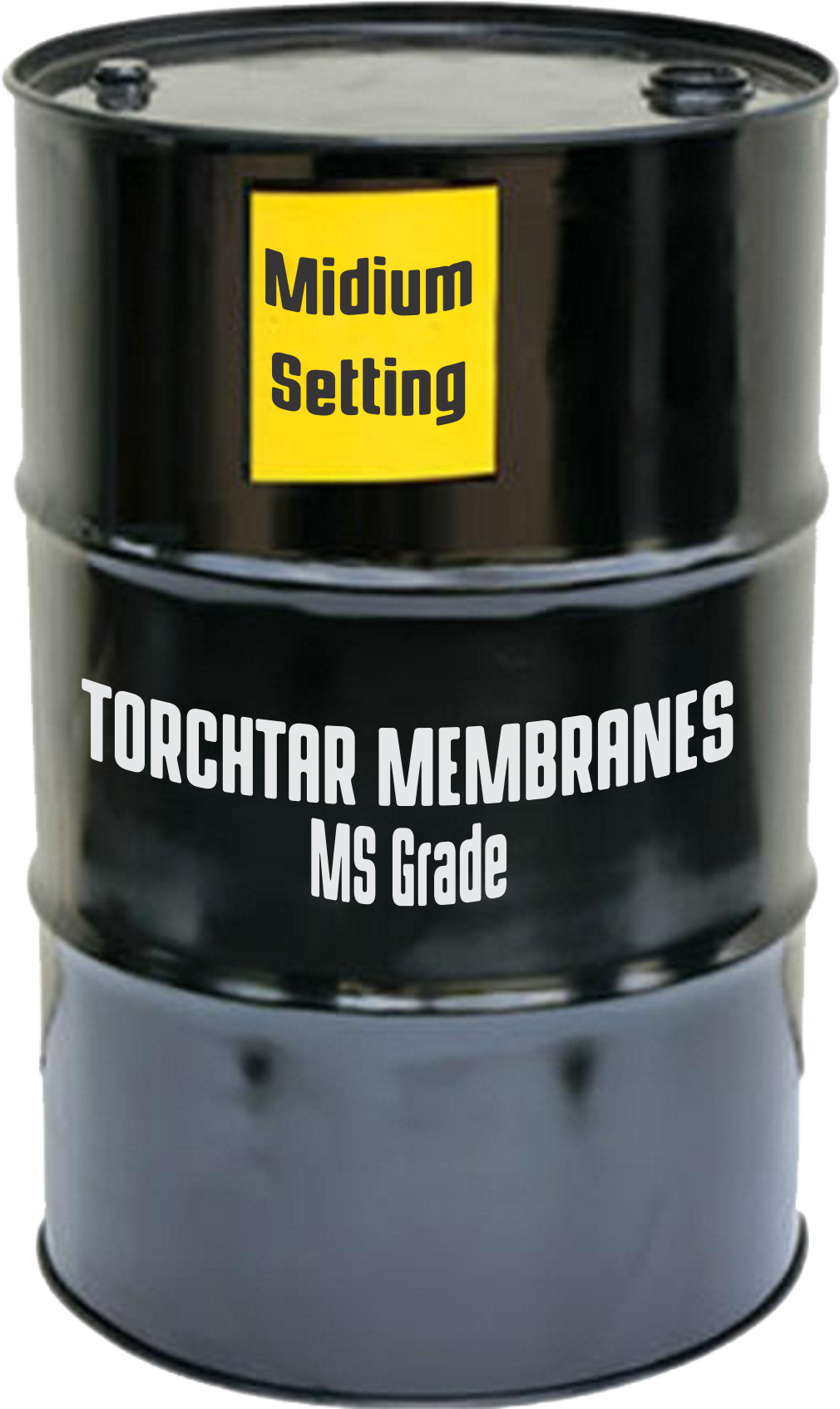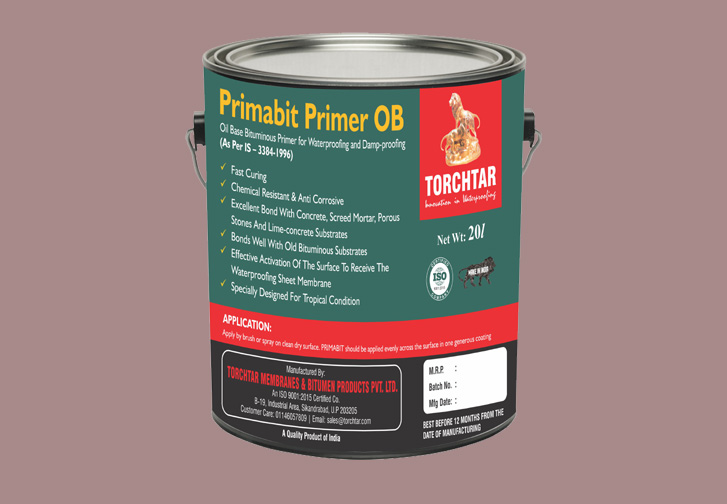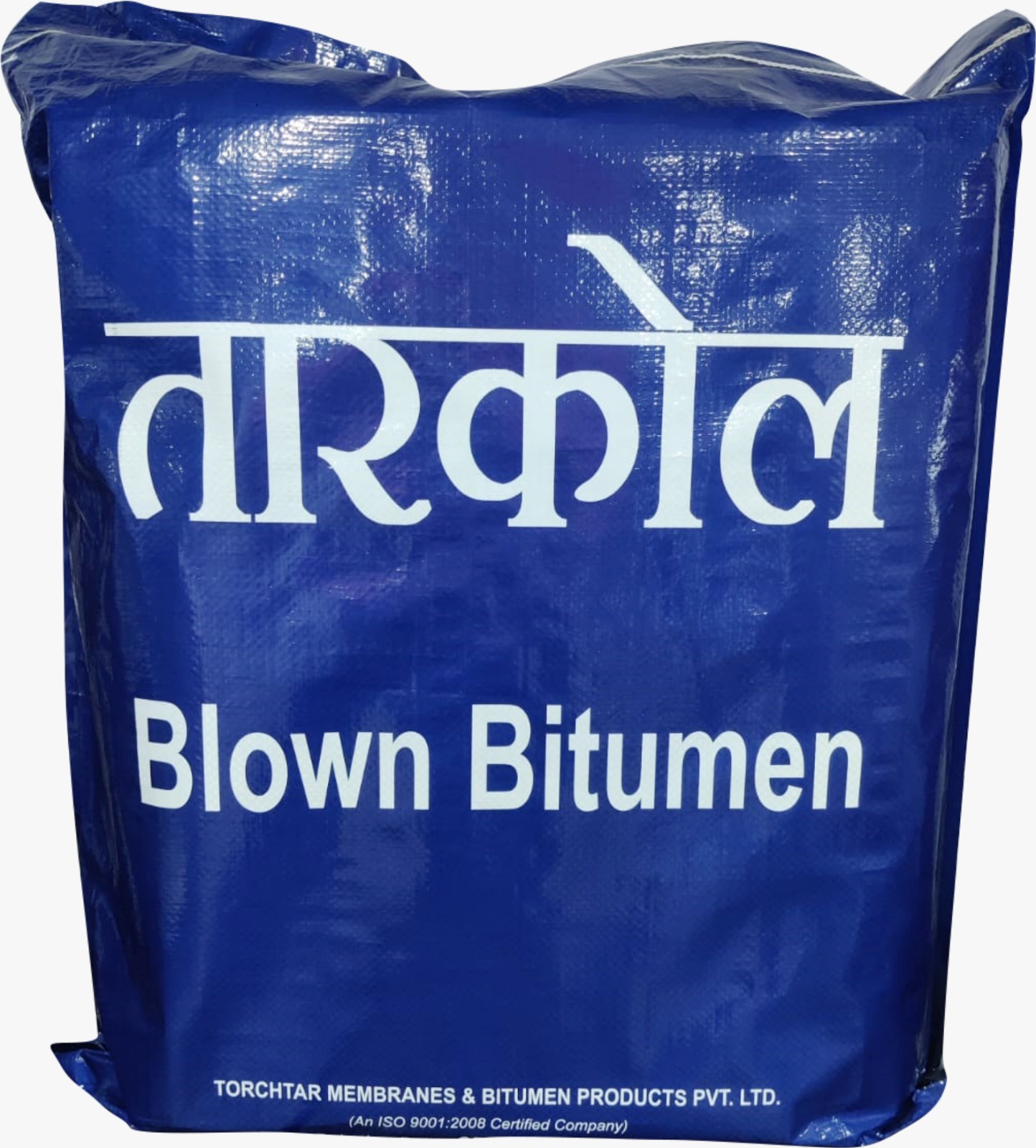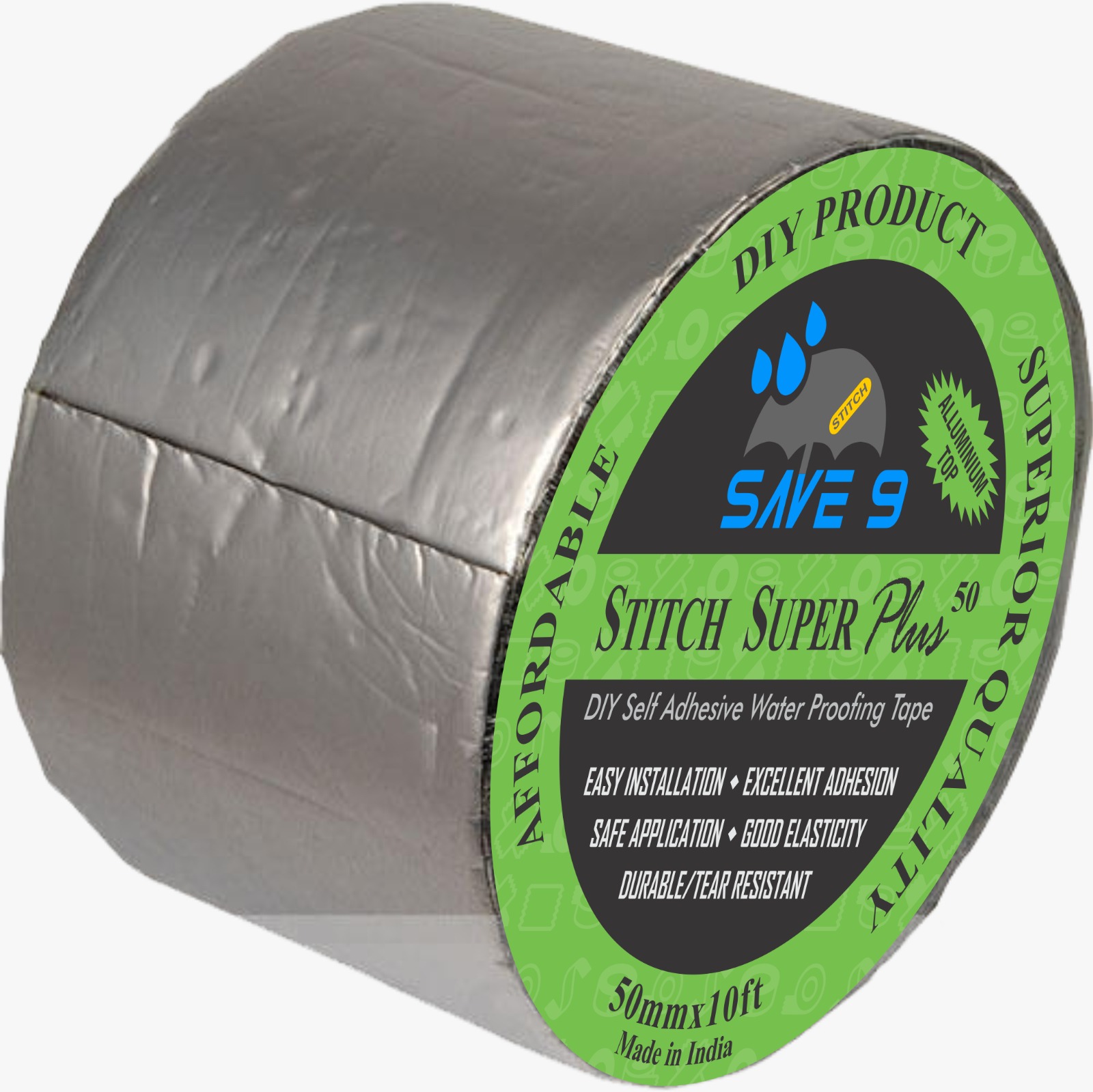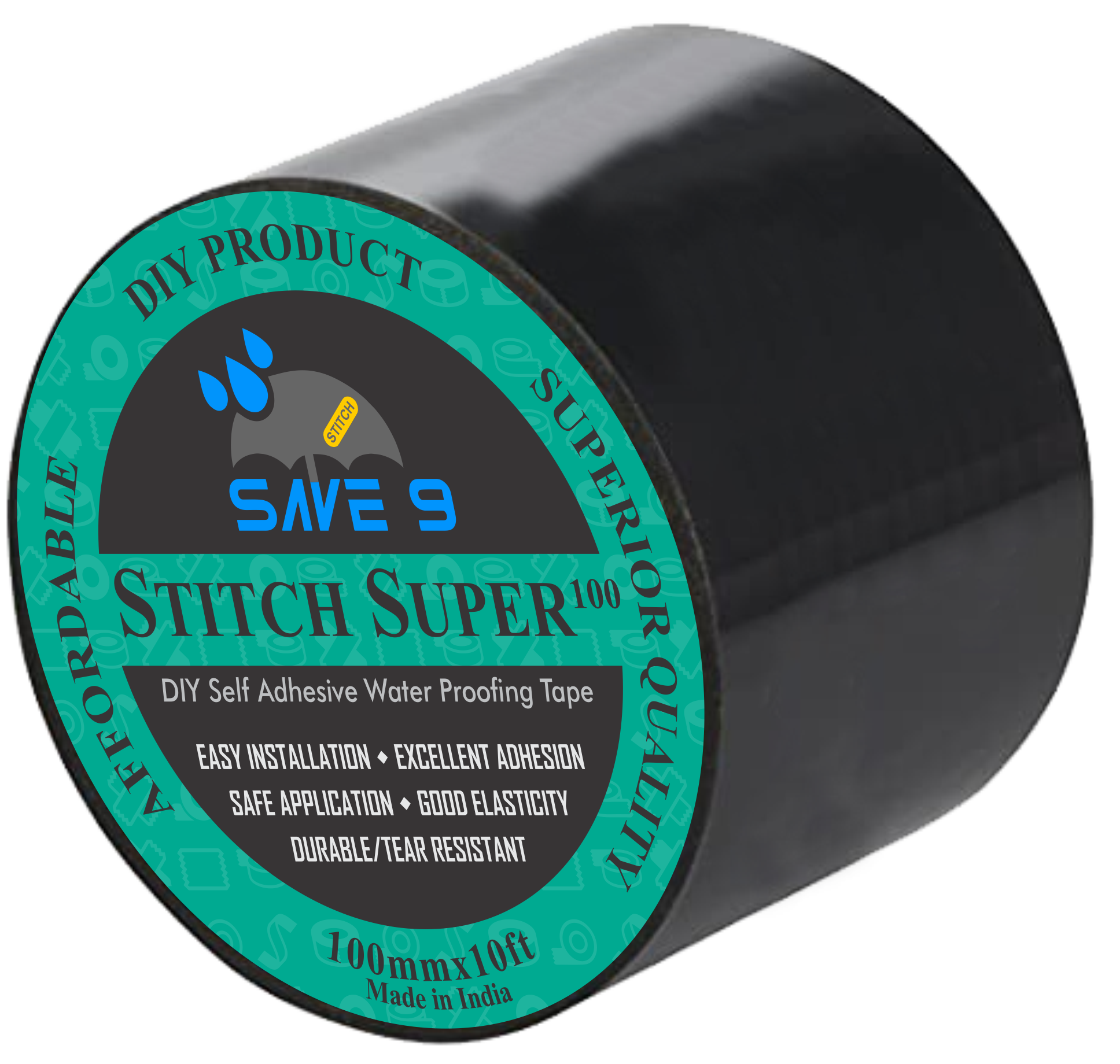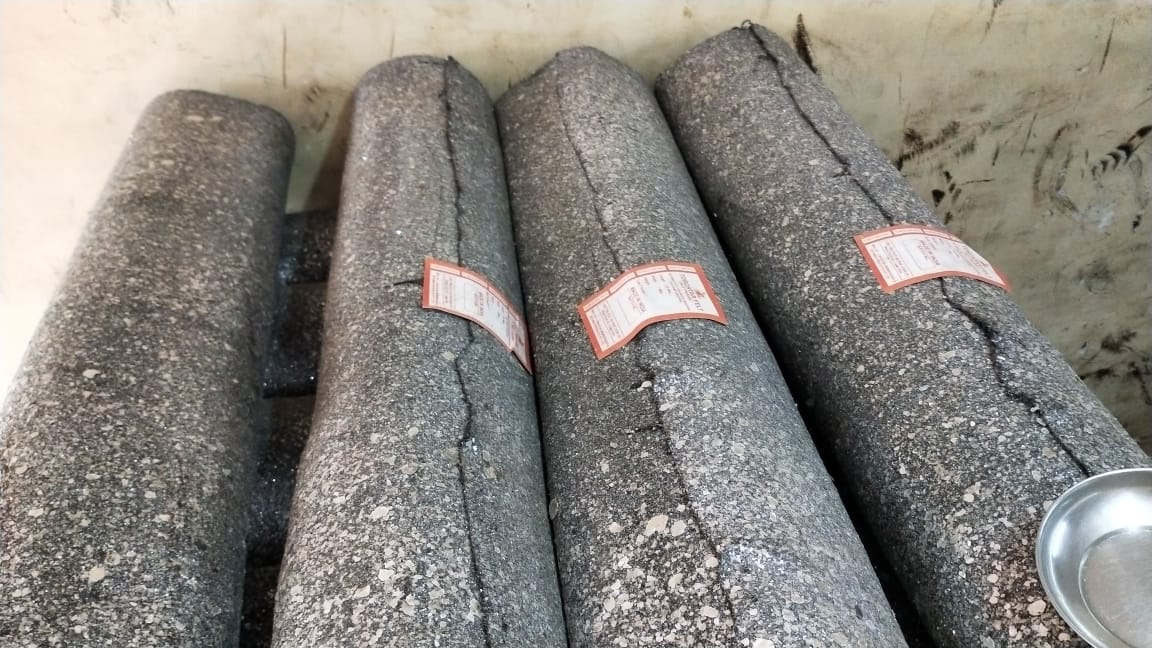AREA OF USAGE
- Solid waste landfills
- Liquid waste collection and treatment station
- Leakage of gold and other minerals water collection ponds
- Oil tank insulation and oil fields insulation
- Sedimentation ponds
- Manure pits.
- If requested, building foundation bundling works
KEY FEATURES
- Continuous adhesive bond to poured concrete
- Unaffected by ground settlement
- Provides a barrier to water, moisture and gas
- Ready for placement of reinforcement bars
- Excellent chemical resistant to soil types
- Resistant to acid and alkali
- It is a weather-resistant and trafficable membrane.
Form: Roll
Colour: White
Available Sizes: 1.2 mm in Tickness | (2.4mm x 20mtr) & 1.5 mm Thickness (2.4 x 20mt)
Coverage Area: As per Size
Shelf Life: 12 Months
Storage Condition:
Store under cover out of direct sunlight and protect from extremes of temperature. In tropical climates the product must be stored in an airconditioned environment. Failure to comply with the recommended storage conditions may result in premature deterioration of the product or packaging.
Surface Preparation
All surfaces – It is essential to create a sound a solid substrate to eliminate movement during the concrete pour. Substrates must be regular and smooth with no gaps or voids greater than 12 mm. Grout around all penetrations such as utility conduits, etc. for stability.
Horizontal Blinding
The substrate must be free of loose aggregate and sharp protrusions. Avoid curved or rounded substrates. The surface does not need to be dry, but standing water must be removed.
Vertical sheet piling
Use concrete, plywood, insulation or other approved facing to sheet piling to provide support for the membrane. Board systems such as timber lagging must be close butted to provide support and not more than 12mm out of alignment.
Membrane installation
Place the Membrane HDPE film side to the substrate with particulate layer side up, facing the concrete pour. End laps should be staggered to avoid buildup of layers. Accurately position succeeding sheets to overlap the previous sheet 75m along the marked selvedge. Ensure the underside of the succeeding sheet is clean, dry and free from contamination, before attempting to overlap. Ensure a continuous bond is achieved without creases and roll firmly with a heavy roller. Any initial tack will quickly disappear. Overlap all roll ends and cut edges by a minimum 75mm and ensure the area is clean and free from contamination, wiping with a damp cloth if necessary. Remove all floating particles from the surface of the waterproofing membrane by brush.
Apply HDPE Tape by peeling off release paper and fix the adhesive on the substrate. Roll firmly to ensure complete adhesion without creases or voids. Peel off the other layer of release paper and apply another piece of membrane to the adhesive tape. Roll firmly to ensure complete adhesion. Alternatively, remove all floating particles from the surface of membrane by brush.
Pouring of concrete
The concrete must be poured within 40 days of application of the membrane. During pouring, take care when vibrating concrete to avoid damaging of the waterproofing materials.
Corners:
Internal and external corners should be formed as shown in the diagrams returning the membrane a minimum of 100mm and sealing with HDPE bonding tape. Ensure the apex of the corner is covered and sealed with tape and roll firmly. Crease and fold the membrane to ensure a close fit to the substrate profile and avoid hollows
Precautions
- The sheets must be protected immediately after completion to prevent mechanical damage. In any case don't let the membrane unprotected for more than 7 days.
- Do not apply membrane to “green” concrete or to concrete with high moisture content levels. In such applications blistering of the membrane may occur due to vapor pressure building up at the interface of the membrane and the substrate

